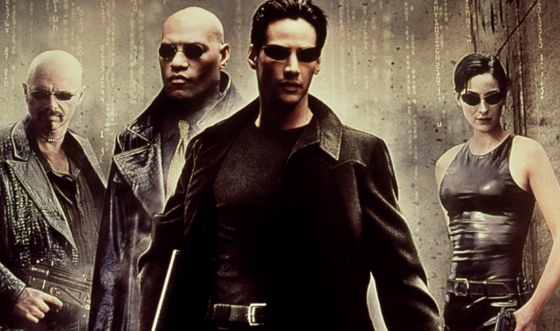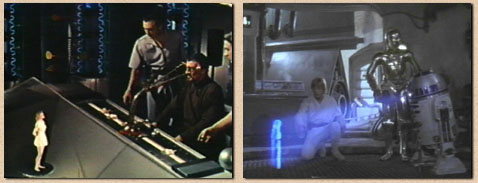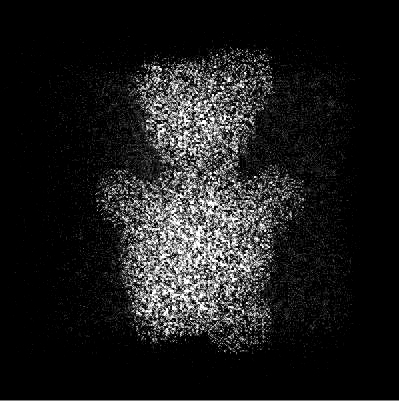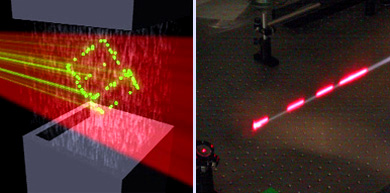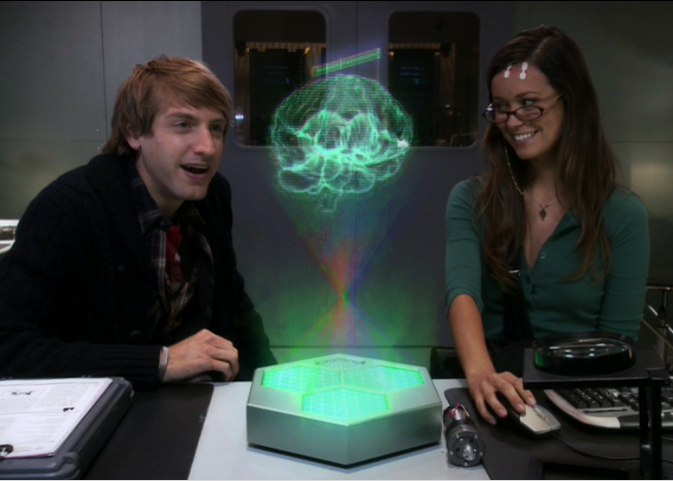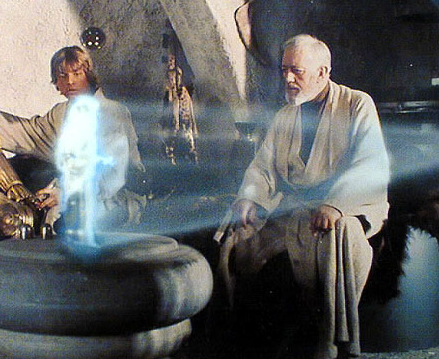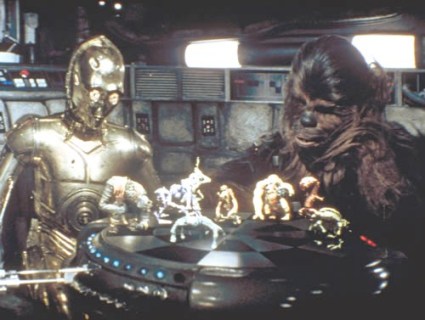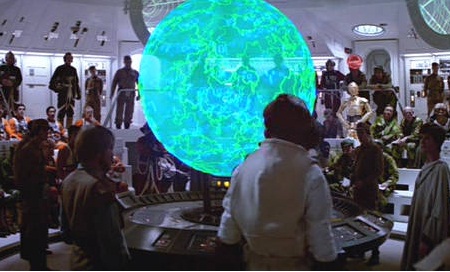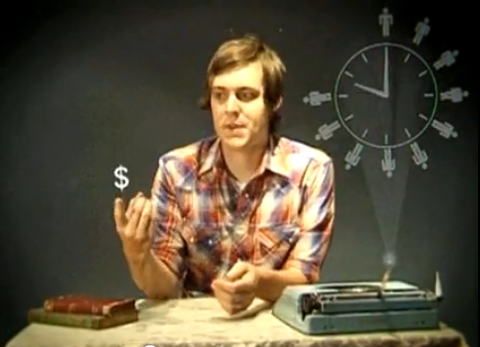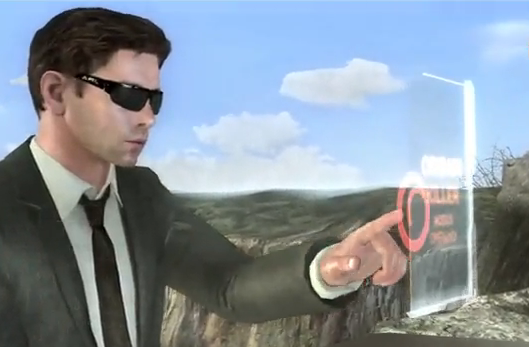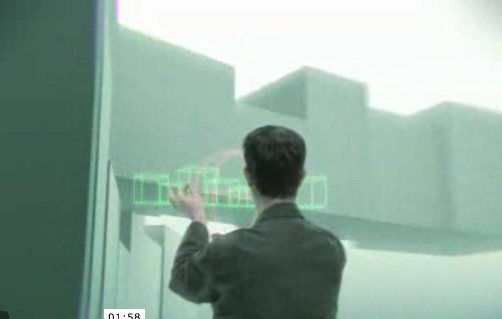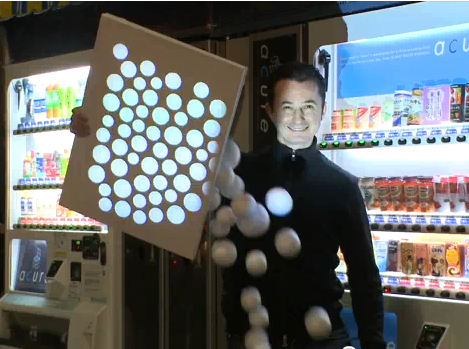Yes, the parade is crazy and wonderful and good loud fun, but I am far more impressed by the immense variety of costumes worn by ordinary New Yorkers I saw walking around Greenwich Village this evening.
In addition to the usual ghosts and goblins and grinning gruesomes from beyond the grave, and an entire army of refugees from Tim Burton Films past, present and future, you can find every variety of personage from any story that you have ever heard of — and from a few that you haven’t.
I saw a man wearing the world’s largest cowboy hat pass an entire family of ketchup bottles, and on the very next block Glinda the good witch was parading arm in arm with a Flying Monkey who was so alarmingly believable that the mere sight of him made me want to run off and warn Dorothy.
I particularly like when people go beyond the expected and create their own mash-ups. I saw everything from an electric Spiderman Ninja to a sort of behorned Viking version of Clint Eastwood’s “Man with no name”. And some costumes just defy any attempt at explanation: One man was walking along the street gleefully dragging a vacuum cleaner behind him on a rope.
I saw a cop call out to a guy in a mad scientist outfit: “Hey, you look like Elton John!” The mad scientist shouted back “I’m Dr. Farnsworth.” “You look like Elton John to me,” the cop insisted. But the mad scientist was sticking to his guns. “No,” he said, “I am Dr. Farnsworth!”
When I passed by the good doctor, I said to him “You invented the TV!” The mad scientist stared at me blankly for a moment. Then his face lit up in a huge grin. “I invented the TV!” he announced proudly, before walking off into the night.
